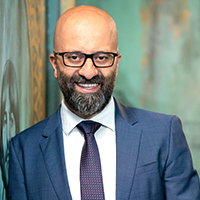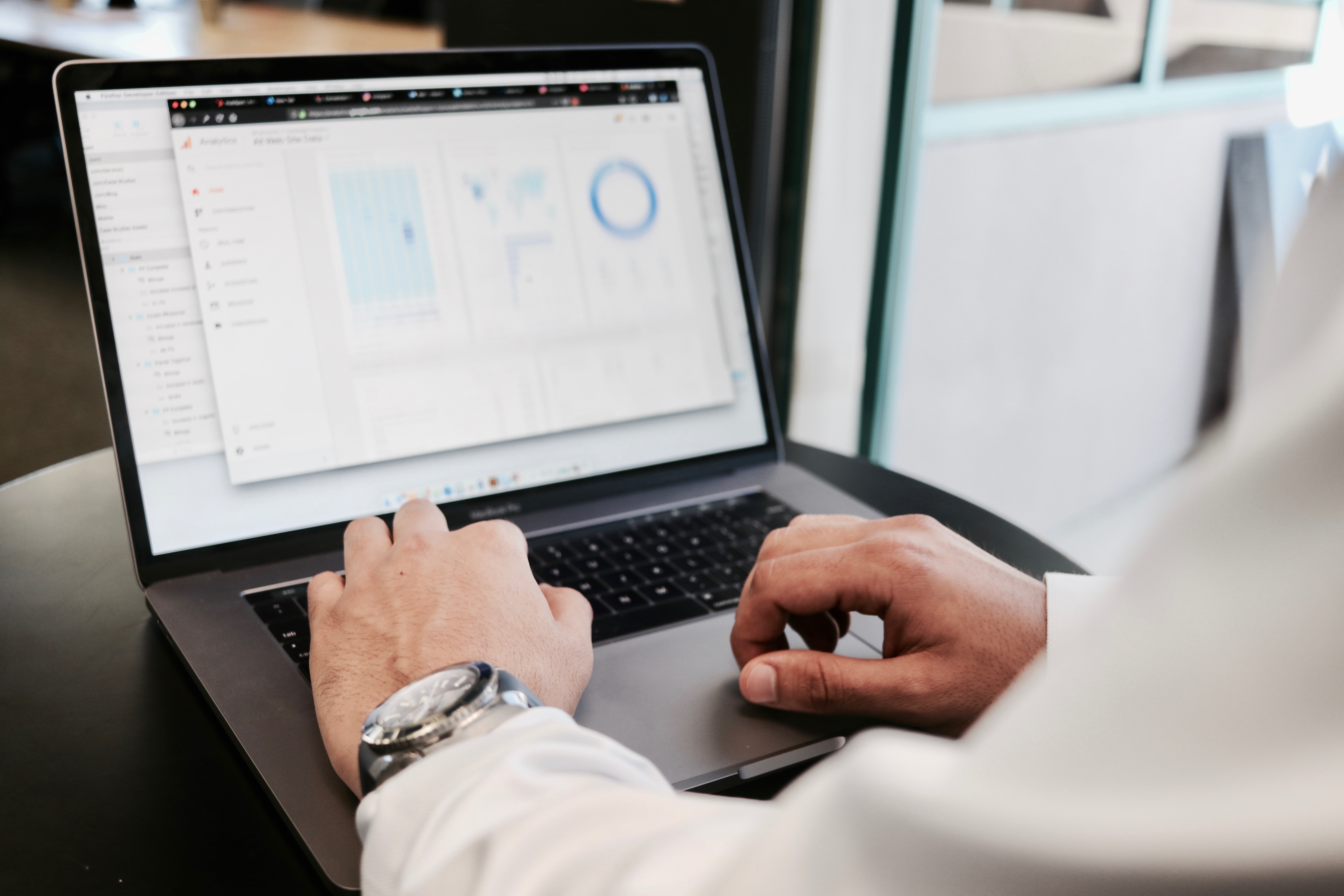There has never been a more exciting time to be practicing medicine than right now. The technological advances made in recent times has transformed the practice, the operating theatre but especially the ability to deliver patient care in a very different way.
Let’s have a look at a couple technological innovations available right now and in the future.
Electronic health records:
This has been a very polarising discussion for a number of years as we work through questions of privacy, security and access. The bottom line, in my opinion, is the ability to deliver better insights to all the patients’ healthcare providers with a shared patient record.
Recently “The Project” reported on a news story of a young girl who was diagnosed through the collective efforts of a board of doctors. Only when a number of specialists were able to apply their collective knowledge, were they able to diagnose this little girl after seven years of living with the uncertainty and continued tests.
Electronic Health records will bridge the knowledge gap between practitioners to deliver better outcomes for our patients.
Wearables:
Apple, Microsoft, Samsung, Fitbit and Garmin – the feast of the big brands! Everyone is developing for the new world where people are seeking better ways to stay healthy and informed. All of these devices are generating massive amounts of data. Never have we been in a better position to understand how our patients feel, move and behave.
The opportunity is really in how we are able to capture this information and translate it into actionable output for our patients. The possibility for clinicians and carers to get automated alerts and updates from these wearables, means proactive care has become a reality.
Digital diagnostics:
Right now there are teams of developers working on the use of digital devices to better diagnose illnesses to a certainty. Applications are being developed that will allow smartphones to diagnose patients to be anaemic – like the app called Eyenaemia. These type of applications are essential in delivering health care to patients with mobility challenges or in remote territories.
Remote health delivery:
Technologies like Skype have allowed Doctors to be face-to-face with patients on a more regular basis. The ability to see a patient’s face and judge their appearance and responsiveness is vital in most specialties.
Cloud:
Cloud has raised many questions and concerns, but it has also opened the door to huge possibilities in affordable innovation for medical practitioners.
It is important to note, that in Australia there is no concern around storing your patient records with a reputable provider like Microsoft who have onshore data centres and the necessary certifications to give you the same peace of mind as offered by the Federal Government. Dr Joseph Sgroi (Obstetrician, Gynaecologist and Fertility Specialist) notes: “It is really reassuring to have a product that is linked with Microsoft. It is a company that you know has data integrity and safety features”.
Once you have bridged the mind shift, the Cloud provides clinicians with possibilities that are beyond anything that we have already discussed. By moving your practice and records to a Cloud provider, you are able to use this as a platform for development and innovation – the sky is the limit. From giving greater control and input to your patients to gaining insights, patterns and behaviours by applying Business and Clinical Intelligence. The ability to connect wearables for instance to automatically update a patients record with their heart rate, sleeping patterns, exercise and food records means that you can make informed and accurate decisions based on the reality.
Cloud applications like Clinic to Cloud do not just give practitioners the mobility and accessibility they need, it also gives them a platform to innovate for the future.
Satya Nadella, Microsoft CEO, talks about digital transformation as being the fourth industrial revolution; and it is happening right now. The only question that remains is how you will embrace this moment. Dr Sgroi says “we should not be fearful of embracing the technology as it comes to hand, because it is only going to enhance not only our clinical practice, not only the amount of patients that we see and the efficiency of our practice managers, but more importantly our patient outcomes.”
Start your journey today by contacting Clinic to Cloud for your personalized demonstration.




